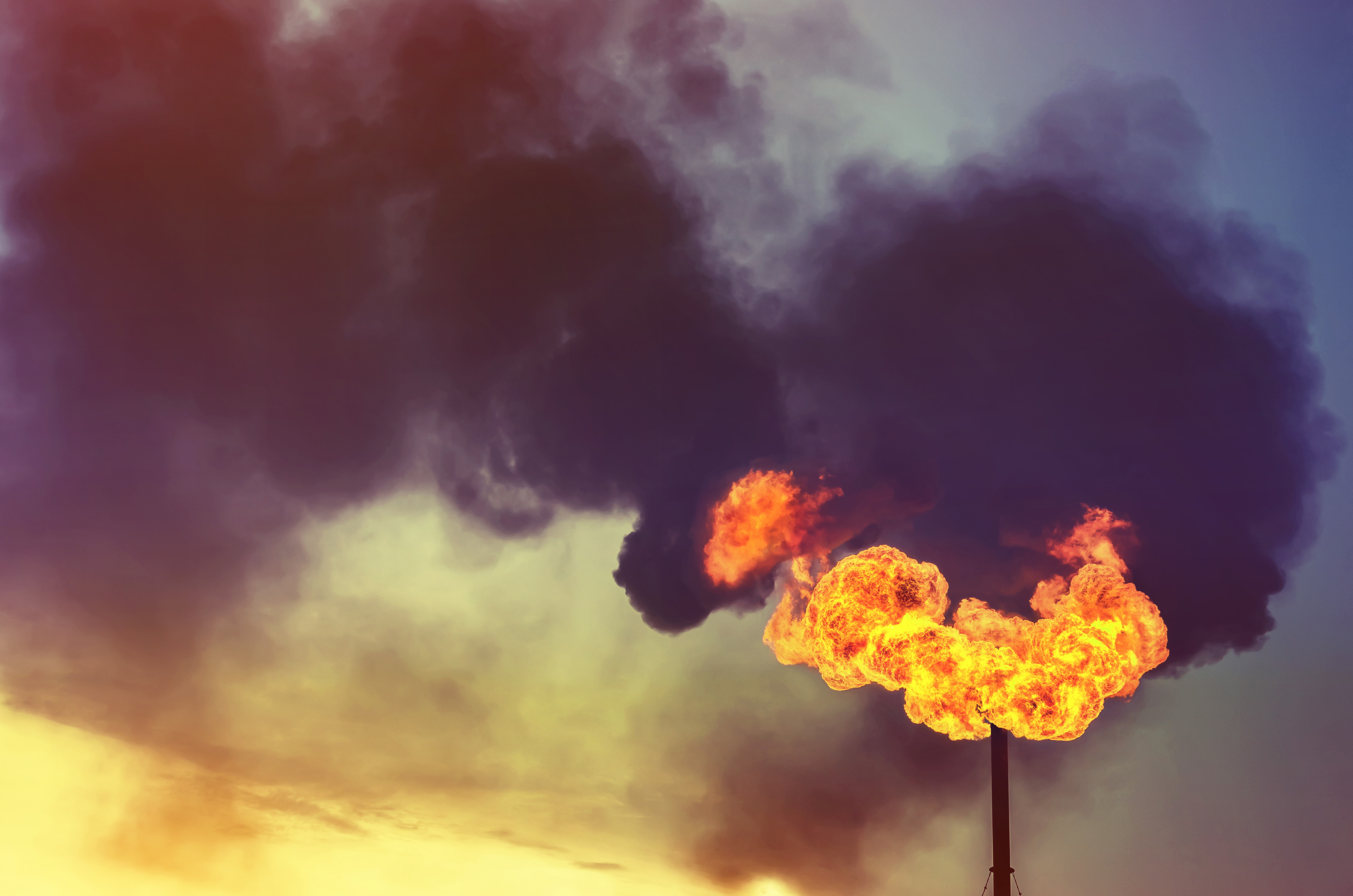
Gas is a key element of the EU’s energy mix. But Europe needs to make smart choices about the role of gas in the energy transition, argue Mark Davis and John-Henry Charles of Capterio.
The EU released its methane strategy last month. This is a good act of strategic leadership with some clear recommendations for the oil and gas industry. But the closely-related topic of gas flaring needs an equally clear approach. We also need an “EU Gas Flaring Strategy”.
The EU imports more than 80% of its gas. But imported gas has an average gas flaring rate 33 times higher than rates associated with indigenous production. It’s time to focus on quality, and there’s more to quality than just methane. The EU must act to reduce gas flaring.
To complement the newly published methane strategy, we identify 12 actions that the EU should take to reduce flaring. In doing so, the EU can lead the global agenda, shape the direction – for supplying countries, and the world – and accelerate progress towards net zero.
Capterio’s 12 recommendations divide into two groups: those that the EU can either apply internally (where, clearly, it holds legislative power) or with its member countries, and those that the EU should consider regarding its imports. Read the full article here.
Globally, 150 billion cubic metres of gas – worth $21 billion – is flared every year. The environmental impact amounts to over 1 billion tons of CO2 equivalent emissions. Capterio addresses the issue of gas flaring, and captures the latent economic, environmental and reputational opportunities..

